Crowns, crusaders and murder: On Jerusalem's ramparts, tales of love and lust A walk atop the Old City's walls gives visitors a glimpse into the passions of past rulers, including a Christian king, a Turkish sultan, an Armenian princess, and King Herod By Aviva and Shmuel Bar-Am Two thousand years ago or so, an impoverished shepherd fell in love with the daughter of a rich aristocratic Jewish family. His name was Akiva; hers was Rachel. And although her family disowned her, Rachel refused to abandon Akiva. So poor were the two young lovers that Rachel sold her beautiful hair to keep them from starving. Saddened, Akiva promised that one day he would buy her a "golden Jerusalem." Rachel sent her then illiterate husband off to school, from which he returned many years later as a renowned scholar. Somewhere along the line, he carried out his promise and bought her a tiara that featured miniature walls of a golden city. It was so dazzling that the wife of the head of the Sanhedrin (Jewish court) at the time complained bitterly to her husband because she didn't have a crown like Rachel's Golden Jerusalem. Over time the story was forgotten and perhaps dismissed as a Talmudic legend. Then, during excavations of ancient Beit Shean, archeologists uncovered a Byzantine mosaic depicting a wealthy woman wearing a headdress made of golden city walls. We can't know what the walls around Jerusalem looked like in Akiva's time, but surrounding the Old City today are walls that were restored by Turkish sultan Suleiman the Great in 1538. Over four kilometers in length and 12-25 meters (yards) high, they are topped by ramparts (fortified walkways) that offer wonderful views both into the Old City and outside it as well. Suleiman possessed a large harem. But one day he got a glimpse of a Ukrainian woman who had been captured in a raid and was on sale at a Turkish slave market. It was love at first sight, the rest of the harem was dismissed, and the woman, Roskelana, became the Imperial consort. Suleiman was so smitten that he wrote touching love letters, saying that Roskelana was the essence of his existence, his lover, his rose, his confidante, and even his "Constantinople" – the highest compliment of all. Last week we took a walk on Suleiman's southern ramparts. A popular Jerusalem attraction, they had been closed for months because of the pandemic and had just reopened. Accompanying us was Gura Berger, spokesperson for the East Jerusalem Development Company (PAMI) that is responsible for the ramparts. And while she could have talked about the endless wars and devastation that are an integral part of Jerusalem history, she regaled us, instead, with tales of love and passion that are related to sights along the way. The southern portion of Jerusalem's Old City ramparts are open to the public seven days a week. (Shmuel Bar-Am) Our jaunt began at the massive Jerusalem fortress, or citadel, that we know today as the Tower of David Museum. For the next year or so, while the museum is undergoing renovations, its entrance is through part of the dry Crusader moat that once surrounded the 2,000-year-old citadel. And, yes, dry, for while the moats in Crusader Europe were filled with water, Jerusalem sadly lacked that precious commodity. King Herod built a fortress 2,000 years ago on Hasmonean (Maccabee) ruins. Located at the highest point in the city, it boasted three heavily fortified protective towers. One remaining base was incorporated into the Tower of David Museum — perhaps the tower he named for Mariamne. The most beloved of his wives, Mariamne was the granddaughter of a High Priest and one of the last of the royal Hasmonean line. A very smart woman, she was very possibly also the most beautiful woman of her time. And Herod was obsessed with Mariamne — totally, absolutely, head over heels in love, but his love was unrequited. Mariamne despised her husband, who had murdered her little brother, her grandfather (and who would later kill off several of their sons). Herod loved Mariamne so much that he couldn't bear the idea of her being with any other man, and before he left the country for Rome and Egypt he made arrangements for her to be killed if he couldn't return. Later, Herod heard a rumor that his wife had had an affair. Mad with jealousy, he murdered her, and then went crazy with remorse, constantly crying out for her and looking for her everywhere. The Talmud relates that he kept Mariamne preserved for seven years by covering her corpse with honey. Besides a model of the citadel as it looks today, our walk featured two quarries, monumental steps down to a mikveh, or Jewish ritual bath, and two stone bases, the bottoms of tall pillars that had formed part of a colonnade. The colonnade surrounded a royal pool, and stood inside the spectacular palace that Herod constructed next to the citadel. It stretched from this area next to the citadel all the way to somewhere near today's Zion gate. You need to be in pretty good shape to climb the metal steps up to the ramparts, where you come to the first of the walls' several dozen fortified towers. Below your feet is the Turkish-built kishle, or barracks, first for a military base, then a British prison that confined members of the pre-state Jewish underground. Many years ago, the museum carried out extensive excavations in a portion of the kishle. Beneath immense masses of dirt, and to everyone's delight, archeologists headed by Amit Re'em of the Israel Antiquities Authority discovered thousands of years of history — from arches dating back to the Crusaders, pools left by two or three Jewish dyers in the 12th-century, and remains from Herod's palace, to part of the city wall built by King Hezekiah in the late 8th-century BCE. Archaeological excavations under a Turkish-built military structure called the kishle in Jerusalem. (Shmuel Bar-Am) From the ramparts, you can see right into the Armenian Quarter — a walled compound within the walled city. Armenia was the first nation in the world to officially accept Christianity in the year 301 and there have been Armenians in Jerusalem ever since. Some years ago, renovations in the compound revealed a mosaic from an early church named after the Jewish high priest Caiaphas. The New Testament relates that Jesus was held captive at Caiaphas's house on Mount Zion the night before the crucifixion and, according to Armenian tradition, this was that very site. At the very beginning of the 12th-century, Armenian princess Morphia married Baldwin II, a crusader who was heir to the Jerusalem throne. Because the couple had four daughters and no sons, Baldwin was repeatedly advised to divorce his wife — counsel that he vehemently refused. Indeed, Baldwin was so devoted to Morphia that he postponed his coronation in 1119 until Morphia, who was out of the country, could reach Jerusalem to be crowned alongside him. Their oldest daughter Melisende, who would later rule alone as queen of Jerusalem, was wed to the wealthy Templar crusader Count Fulk V of Anjou. Here was another man besotted by his wife, and also intensely jealous. After he accused Melisende of infidelity, she became furious and refused to speak to him. As a peace offering he had a book of psalms and New Testament scenes created just for her: an exquisite, illuminated manuscript called the Melisende Psalter. On the opposite side of the ramparts, there is an excellent view of Mishkenot Sha'anamim, the first housing project to go up outside the Old City Walls and initiated by English philanthropist Sir Moses Montefiore. Montefiore laid the cornerstone in 1857 — probably on his wedding anniversary. For Montefiore and his wife Judith had the perfect marriage. In his diary he sings Judith's praises and blesses the day of their union. From that time on, he did everything of real importance on the anniversary of his wedding day. Many Christian traditions arose during the Byzantine era in the 4th to 7th centuries, among them the belief that Mary fell into eternal sleep on Mount Zion. Imposing Dormition Abbey, to the right of the ramparts, was inaugurated in 1910 over an early church that contained Mary's crypt. When seen from afar, it often appears as if the bell tower at Dormition Abbey is adjacent to the church. From the ramparts, however, it becomes clear that they are not. That's because the Turks ordered that the tower be constructed at a distance from the church, in order not to block the way to David's Tomb, traditionally located on Mount Zion. No matter where you stand, whether close to the Abbey or at a distance, the bell tower is reminiscent of the German emperor wearing the characteristic Prussian helmet: an upside-down bowl with a bell-bottomed spike. Perhaps the architect wanted to immortalize the emperor's face — or maybe it is all in the mind of the beholder. Instead of continuing another 10 minutes or so to the end of the ramparts walk, we descended at Zion Gate. In the olden days, matchmakers sent young men and women to an area nearby for their first (and sometimes only) meeting before their wedding. And who knows? At least one of these lucky couples may have experienced the greatest love story of all time. — The southern and Northern ramparts are open: Sunday-Thursday and Saturday: 9 a.m.-4 p.m., Friday: 9 a.m.-2 p.m. Cost: NIS 20 for a regular ticket, NIS 10 for a senior, child or soldier Phone: 02-627-7550 Note: Do this only if you can climb steps easily! For up-to-date information on museum hours and kishle tours call *2884. A special thanks to Jerusalem district archeologist Amit Re'em, for his tour of the kishle and assistance in preparing this article. Aviva Bar-Am is the author of seven English-language guides to Israel. Shmuel Bar-Am is a licensed tour guide who provides private, customized tours in Israel for individuals, families and small groups. | 






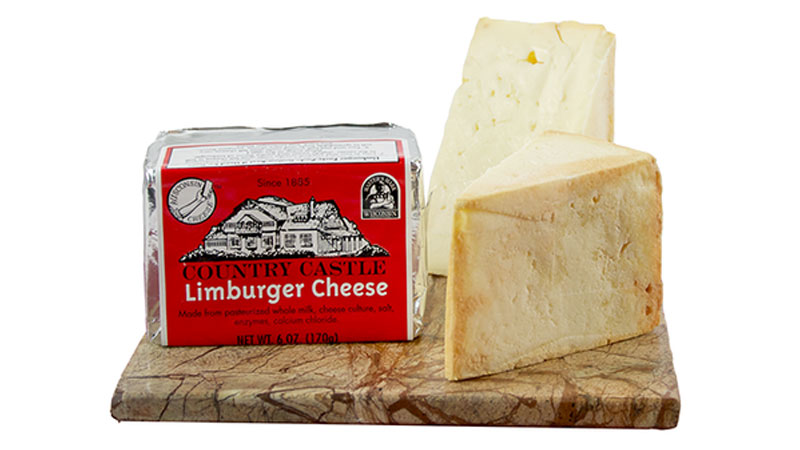
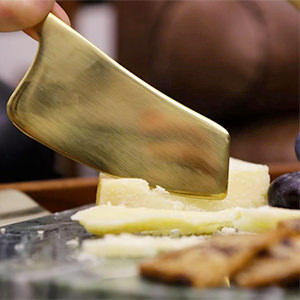
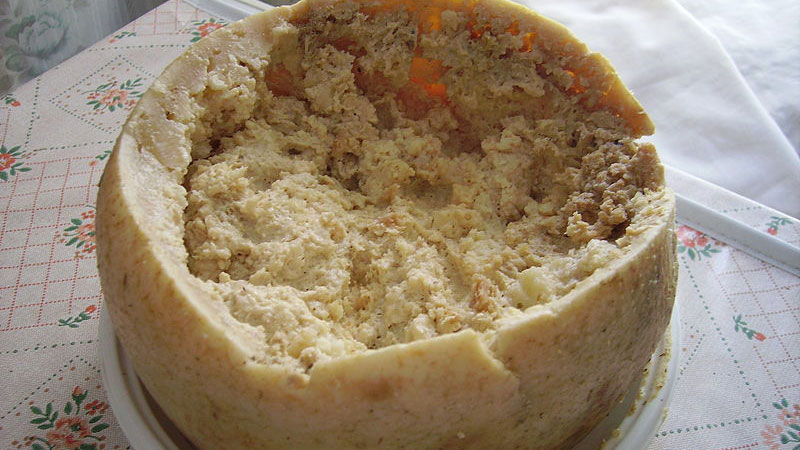
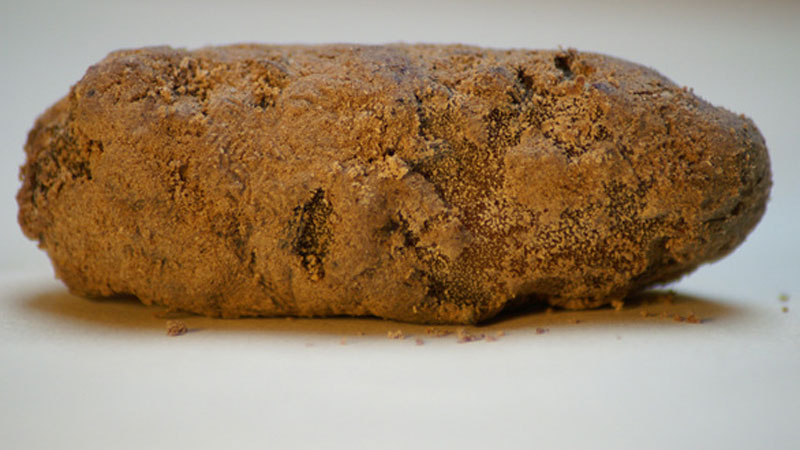
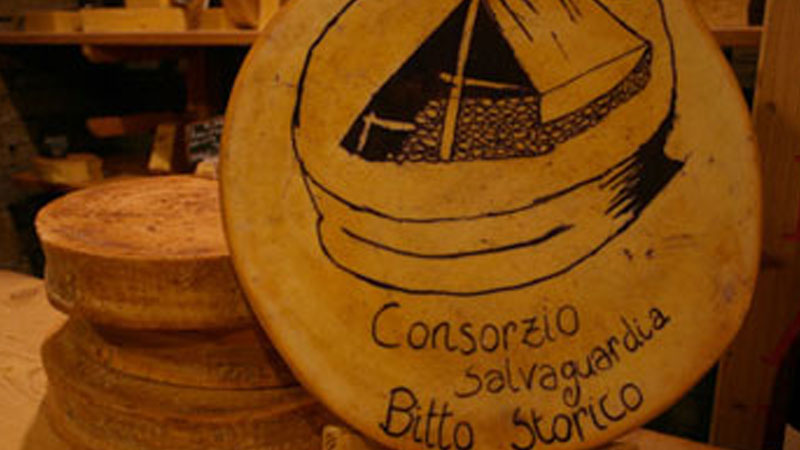


No comments:
Post a Comment